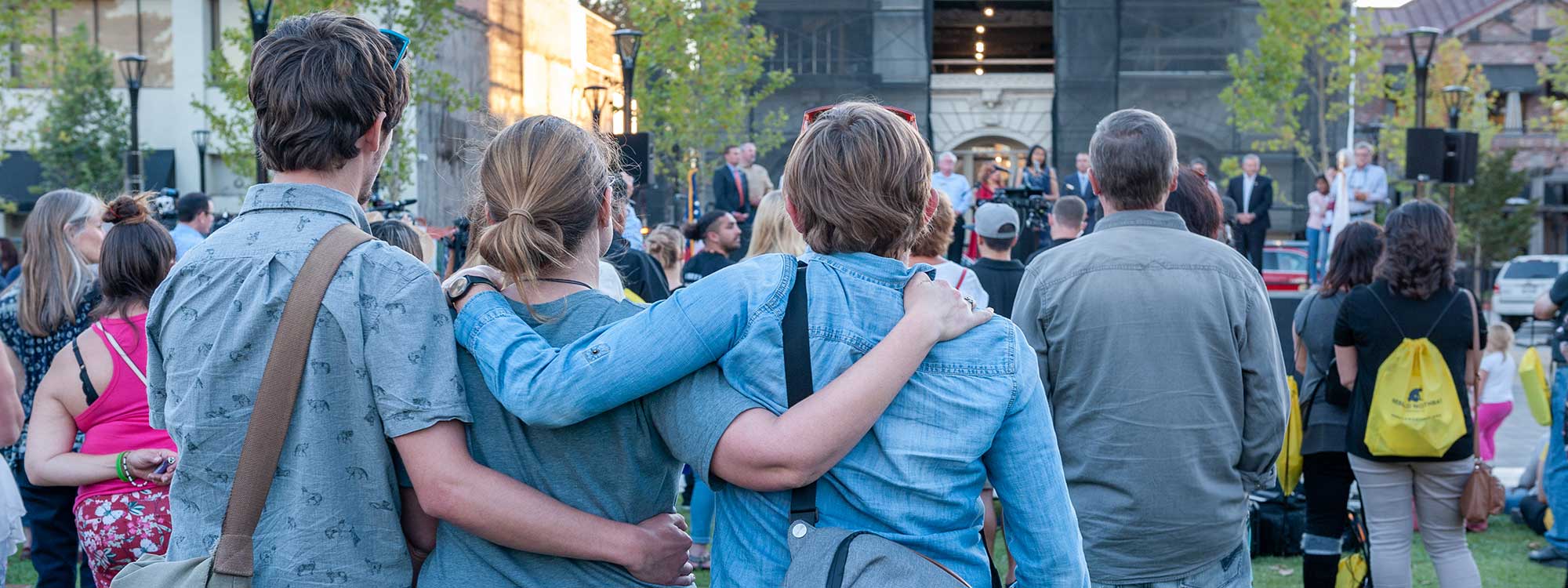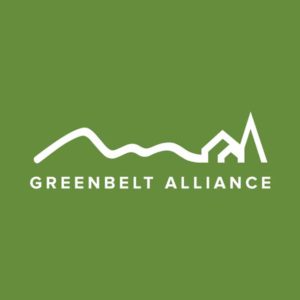Across the North Bay, communities gathered on October 8 to commemorate the first year of recovery from the 2017 firestorms.
People throughout the Bay Area remember where they were when a cloud of smoke covered the entire region—the first of a series of wildfires that burned across the state. In the North Bay alone, the loss of life and homes was devastating. Today, residents can still point to where the fires raced across the Bay Area greenbelt. Scarred hillsides are slowly recovering with new growth and the return of wildlife.
As a community that experienced this together, we will never be the same. But in many ways, we will be stronger.
Through 2018, North Bay residents and leaders focused on rebuilding and getting people and communities back on their feet. For Greenbelt Alliance, it was also a year of forging new partnerships to make cities and towns more sustainable and our landscapes more resilient in the wake of the fires.
Our Impact
Greenbelt Alliance’s North Bay Regional Director Teri Shore responded to the challenge of fire recovery with advocacy, collaboration, and public outreach, while learning much along the way. As city and county officials passed urgency ordinances to expedite rebuilding and new development in response to the fires, Teri, our board members, and staff were on the front line, tracking and shaping the policies to both aid recovery and see that good planning was at the core of urgent relief.
Focusing the right development in the right places will be key to the North Bay’s resilience and recovery. That’s why in Santa Rosa, we partnered with the City Council to get streamlining measures for new development right, focusing on the downtown area and neighborhoods close to transit instead of citywide. We supported initiatives that revitalize the city’s core and avoid sprawl on the edge of town—reducing future fire risk. We also ensured that new proposed developments in the burned areas of the city are planned with future fires in mind. We insisted that these proposals, including a plan for a large cookiecutter chain hotel, have more detailed fire-safe plans and greener construction before being considered.
And to increase availability of homes in fire-safe areas countywide, we worked with Sonoma County’s supervisors, planners, and residents to put in place new housing measures. These measures allow more second units (ADUs) and cottage houses with increased affordability, but only where public services are already in place—not on the greenbelt or in fire-prone areas.
The second key to resilience and recovery is supporting the long-term health of our landscapes and natural resources. Together with 60 natural resource agencies and environmental groups, we quickly developed an action plan for recovery of our watersheds and their future resilience. We also pushed for fire-safe land use provisions to be included in the countywide Fire Recovery and Resiliency Plan, which is being implemented today. And to involve the community, we held fire recovery walks to share our efforts and explore how the land is healing. As a founder of the Alliance for a Just Recovery, we’re continuing to hold public forums about wildfires, land use, and rebuilding.
What’s Next
Greenbelt Alliance is a leader in the effort to create a more resilient North Bay after the wildfires. And there’s much more work to do for long-term fire safety. Wildfire science shows that placing homes in wildland areas presents the highest risk of a devastating fire. The highest risk factor is not the shape of the land, the type of trees or brush, the gap between a house and trees—not even the material that buildings are made of. It’s placing medium-density subdivisions in the wildland-urban interface, especially in fire-prone landscapes. This fact needs to be incorporated into all of our planning for where development should and should not go. As a local resident and survivor of the fires, Teri is on the ground in the North Bay making smart planning happen for the long-term safety of her community.
Photo: Cal OES via Flickr





